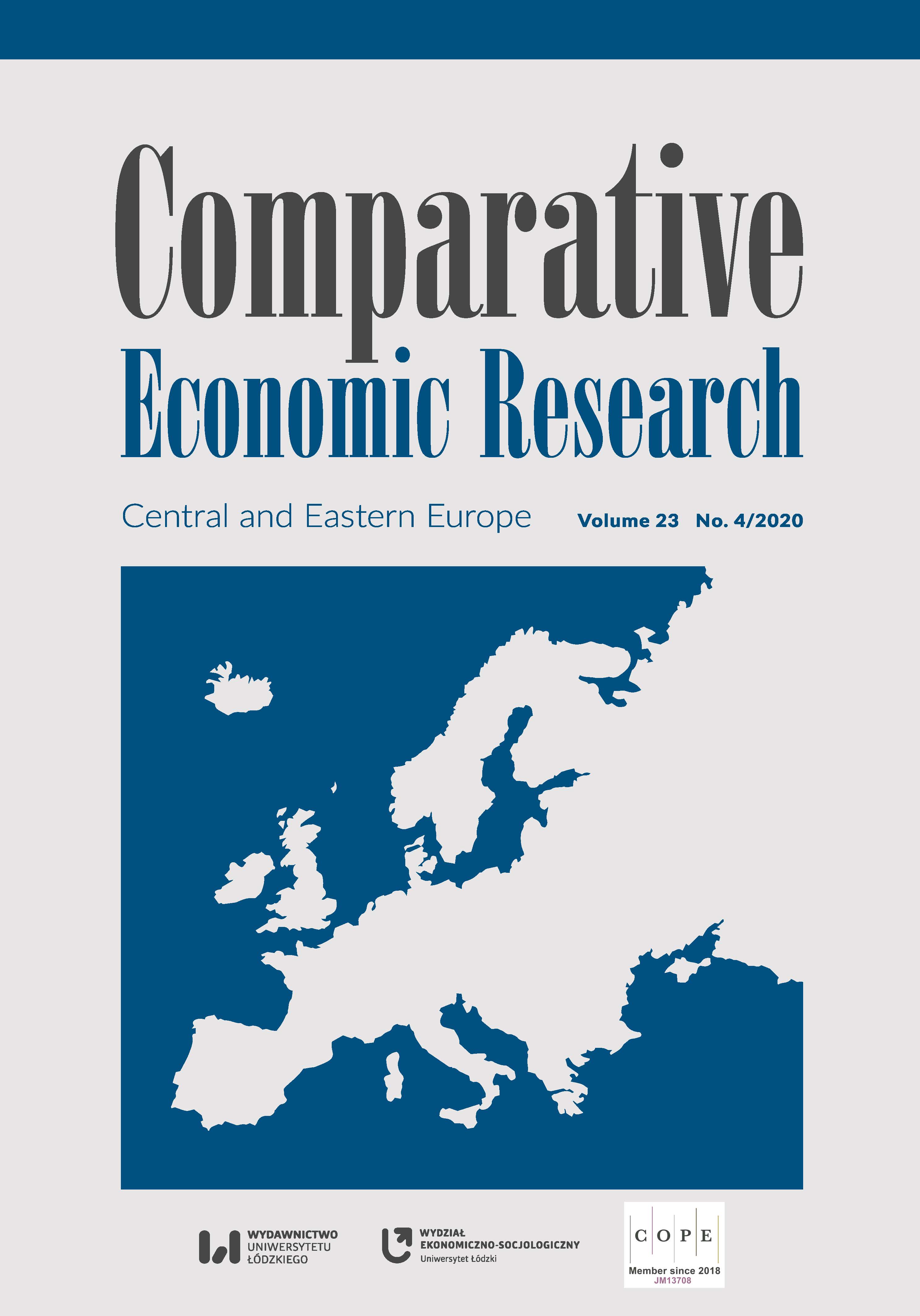The Multiple Effects of Capital Controls
The Multiple Effects of Capital Controls
Author(s): Chokri ZehriSubject(s): Economy, Financial Markets
Published by: Wydawnictwo Uniwersytetu Łódzkiego
Keywords: capital; controls; flows; impacts
Summary/Abstract: Capital controls are seen as a means to promote financial stability or improve macroeconomic adjustment in economies with nominal rigidities and suboptimal monetary policy. Such controls may take various forms, including explicit or implicit taxation of cross‑border financial flows and dual or multiple exchange rate systems. Using a quarter dataset on capital controls actions in 27 emerging economies from 2010 to 2018, the study analyzes the effectiveness of capital controls (CCs) along different angles. Since the 2008 financial crisis, strengthening capital controls has allowed more monetary policy autonomy and exchange rate stability, verifying the Mundell‑Fleming trilemma model. Following CCs, the results show that accumulating international reserves may compensate for the loss of inflows and lead to more effective policies. Tighter CCs on inflows cause significant spillovers, specifically in the conditions of liquidity abundance. These spillovers originate from the problem of policy coordination of emerging economies and are mainly caused by capital controls being used as an instrument to manage capital flows. For governments that have to manage the risks associated with inflow surges or disruptive outflows, capital controls need to play a key role.
Journal: Comparative Economic Research. Central and Eastern Europe
- Issue Year: 23/2020
- Issue No: 4
- Page Range: 169-185
- Page Count: 17
- Language: English

